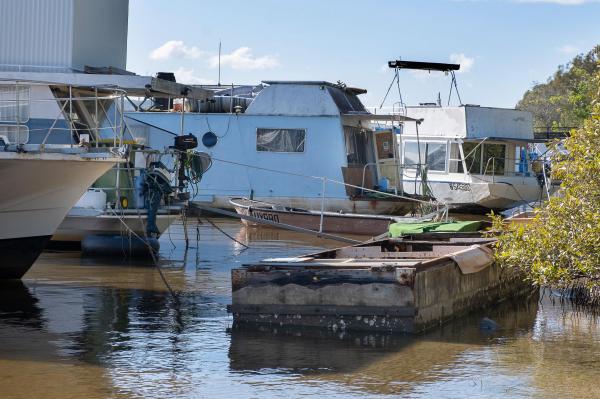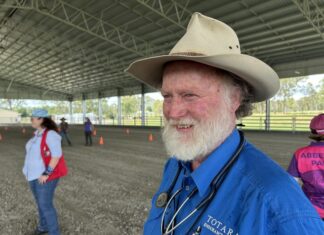A shake up of Noosa River’s boat moorings is the aim of the newly-formed Noosa River Stakeholder Advisory Committee (NRSAC) which submitted a list of recommendations to Noosa Council this week.
A limit on anchoring to a maximum of 28 days a year, moorings capped at 105 vessels, a move to eco-friendly moorings and the phasing out of permanent live-aboards were their key recommendations.
A survey of boats on Noosa River and Noosa Waters showed there had been a 20 per cent increase from 2006 to 2021, that 10 per cent were in poor or derelict condition and almost 40 per cent were moored on unregulated anchors or in intertidal areas.
The survey recorded a total of 1085 vessels, including 904 powerboats and tinnies, 110 sailboats and 71 houseboats.
NRSAC recommendations apply only to privately-owned recreational vessels but not to registered commercial vessels including chartered houseboats and commercial fishing vessels.
The problem has arisen due to the lack of historical regulations, allowing vessels to be permanently at anchor on the Noosa River, it said.
The advisory committee is made up of a diverse group of river stakeholders and includes representatives from Noosa Council and Maritime Safety Queensland.
MSQ has expressed in-principal support to take the proposals forward, noting that any introduction of new provisions would require amendment to the Schedules of the Transport Infrastructure (Waterways Management Regulation) 2012 (TIWMR) which already provides for anchoring, mooring and aground (beaching) provisions in regulated Sunshine Coast waters, and could be expanded to articulate additional regulations in the Noosa River, the report said. A broad-reaching public consultation program would be fundamental to this pathway.
During committee meetings, MSQ also raised the possibility of working with Council to pursue a proposal for a Marine Zone under the Transport Operations (Marine Safety) Regulation 2016 (TOMSR) which focuses on the management of water activity behaviours from a safety perspective. The introduction of a Marine Zone might be the most useful vehicle to prevent anchoring near the shore in areas that are desirably retained for bathers in the Noosa River.
MSQ have advised they will provide a detailed outline of a program for consultation, review and refinement of proposed regulations at the NRSAC meeting scheduled this month.







